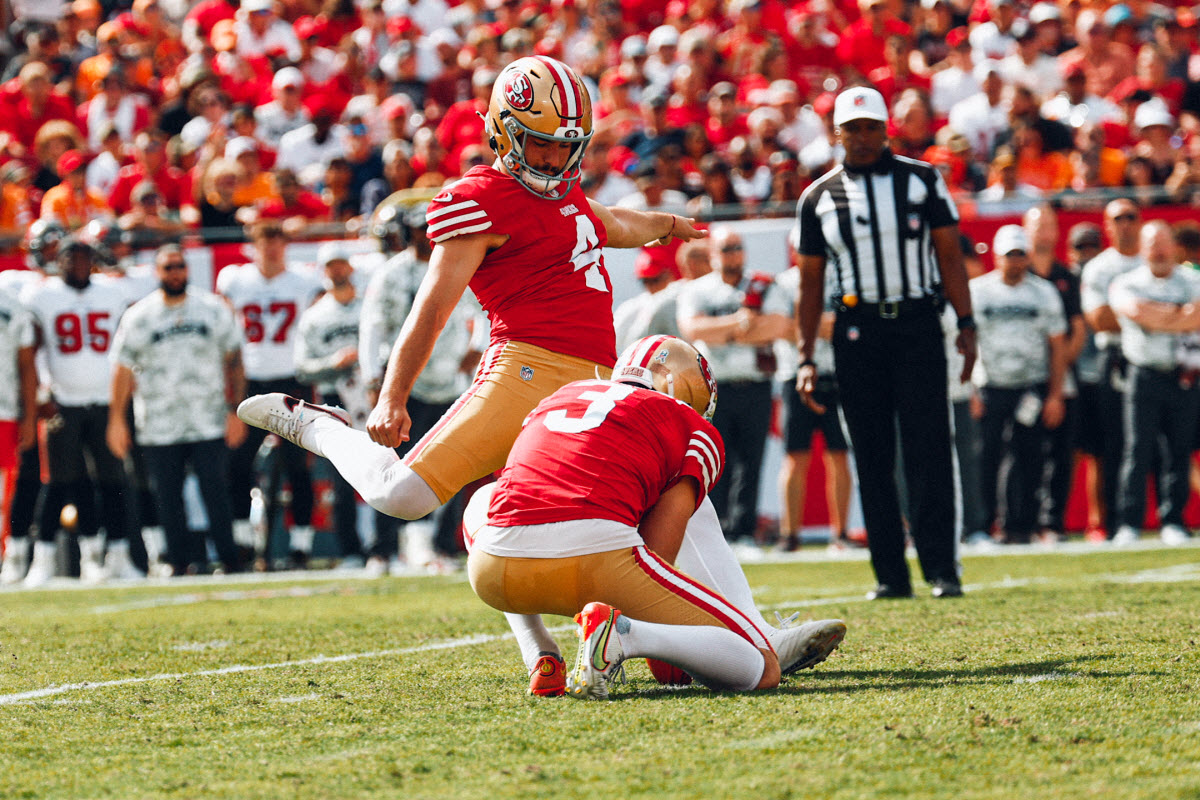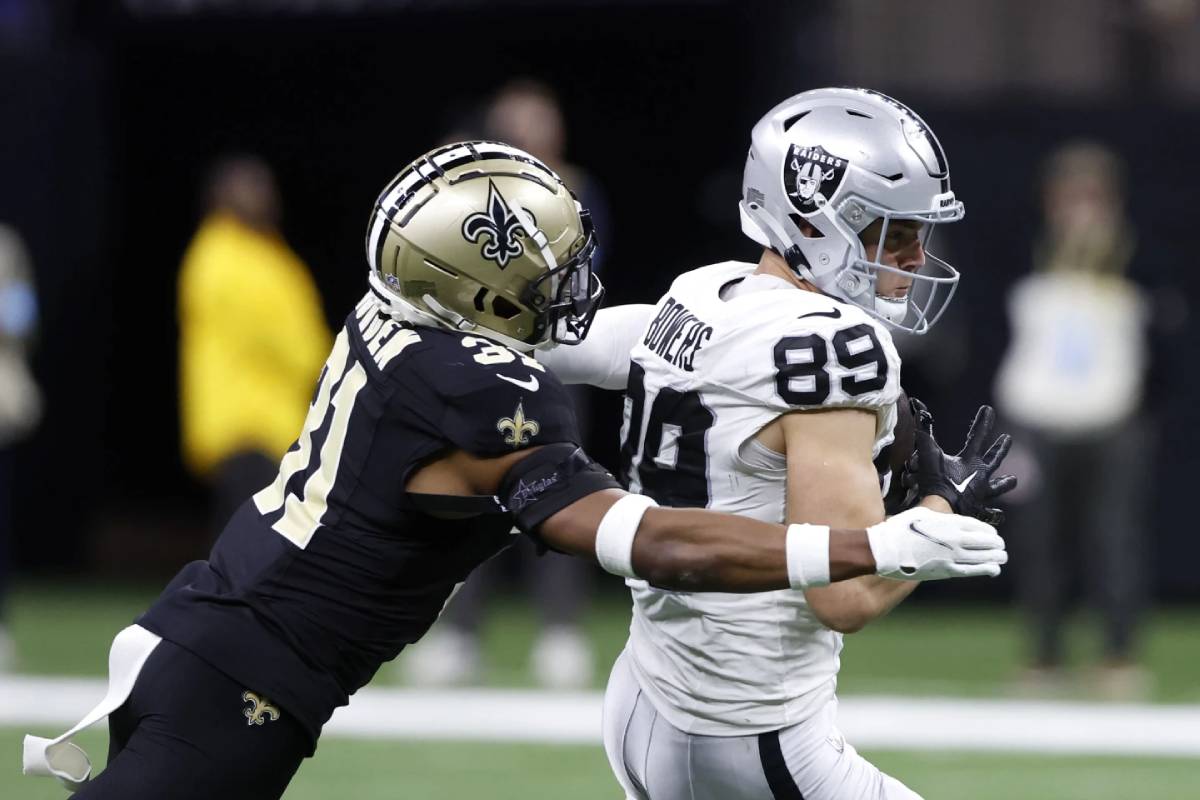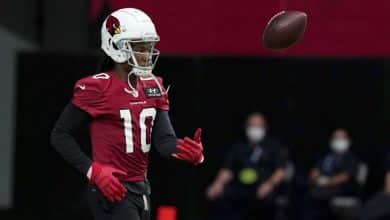
THE slot. The word is often thrown around to talk about receivers. But what does it actually mean? Explanation.
Find all the articles from our American football FAQ on this link.
Inside the field
On every NFL field, marks are registered. To help referees and spectators, each yard graduates the field. Along the sidelines, as well as inside with two series at 21.5 meters distance. Playing in the slot means playing in the area between these inner marks.
In attack
In 2023, 30% of quarterback passes were sent in the slot (29.9% to be exact). So while attacking defenses on the outside remains a preferred tactic, targeting the inside of the field is also a must.
Receivers and tight ends share this area. With the Dallas Cowboys, CeeDee Lamb (cover photo) ranks 3rd in the NFL in 2023, with 71 receptions inside the field. And no one has amassed more yards (967) in the slot than him!
In defense
If the opponents attack this zone, it must be defended! The term “nickelback” refers to a defensive back marking a receiver (or a tight end) aligned in the slot.
This player is generally smaller than the outside cornerbacks and therefore more lively! This is for example the case of Trent McDuffie of the Kansas City Chiefs. In 2023, if he plays 30% of the time outside and 24% in various ways, he is aligned one game out of two (46%) in the slot. Other cornerbacks, like Kenny Moore (Colts) and Devon Witherspoon (Seattle) dominate the league in this area.
Increasingly, the NFL is looking for tight ends who specialize in the passing game. Travis Kelce (Chiefs), George Kittle (49ers) or Sam LaPorta (Lions) are much stronger than receivers. So, some defensive coordinators like to line up a safety in this area of the field.
This is the case in Baltimore with Kyle Hamilton often assigned to mark the opposing slot receiver. Same in Detroit with the versatile Brian Branch and in Houston with Jalen Pitre. Being more able to respond to the physical challenge, these players must nevertheless be quick in movement.













